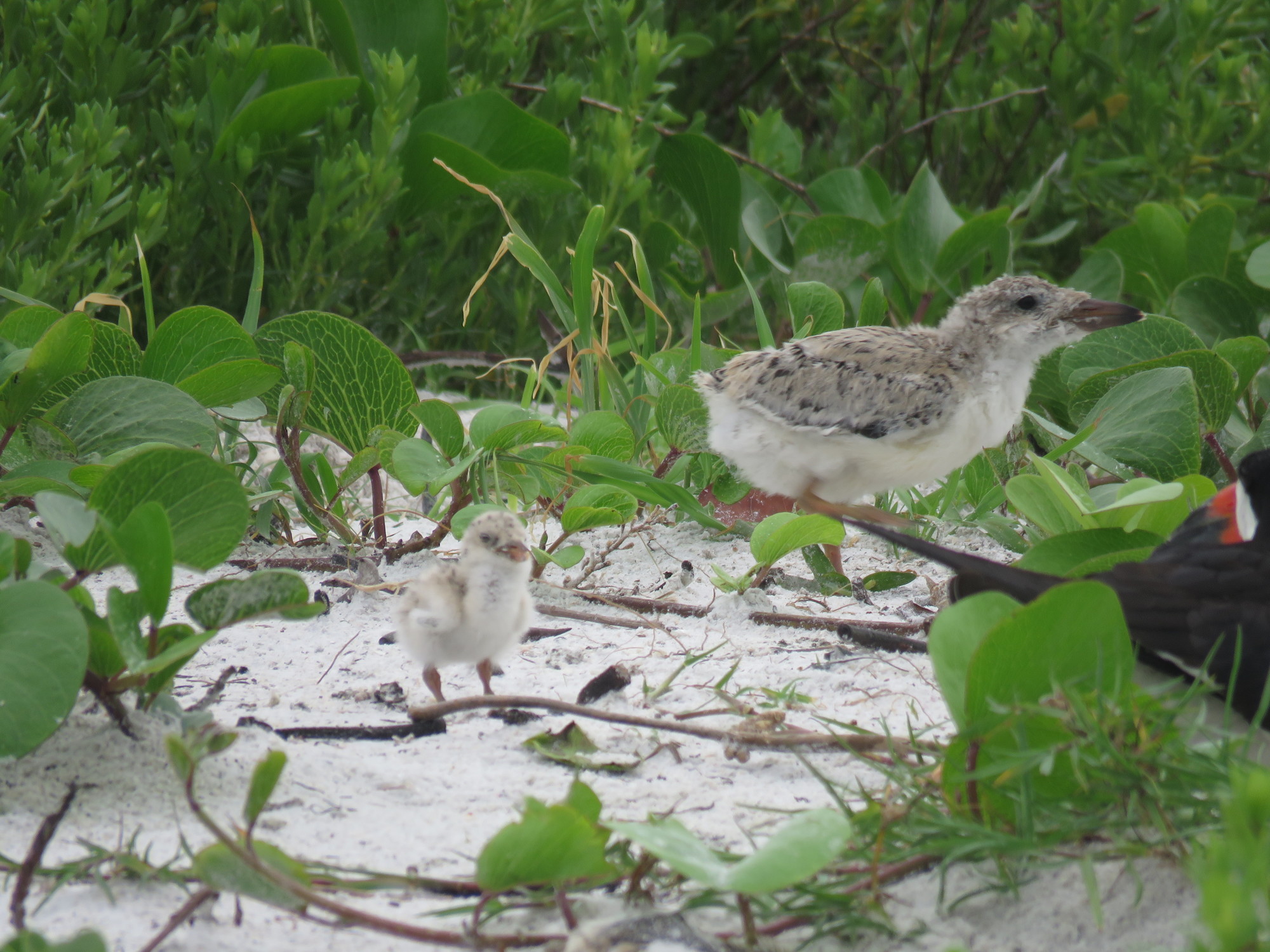- November 17, 2024
-
-
Loading

Loading

When vibrant fireworks light up the night sky on the Fourth of July, it’s hard not to bask in their glory.
The bright colors and loud booms are enough to keep any human alert, but those same sights and sounds could bother the acoustically sensitive dolphins underwater and can scare black skimmers and make them fly away from their chicks.
“The biggest issue for us, especially on that busy weekend, is there’s stress both in water and on beaches,” Director of Mote Marine Laboratory’s Stranding Investigations Program Gretchen Lovewell said.
The Fourth of July is a day of celebration, but to make sure marine life goes unharmed, local animal experts have a few reminders for beachgoers and boaters.
“Leave only footprints in the sand, and leave it cleaner than you found it,” Vice President of the Longboat Key Turtle Watch Cyndi Seamon said.
As of June 24, Longboat Key was home to 728 sea turtle nests. Lido Beach has 68, and Siesta Key has 356. Nesting season runs until October, so it’s still important for mother turtles to have a clear path on the beach.
“It’s great to have fun, take everything out and dig holes and play in the sand, but fill up those holes before you leave the beach,” Seamon said.
At the end of the day, pack up all your beach toys and furniture. Seamon said the Turtle Watch group has seen a lot of chairs and tent skeletons left out overnight and those could get in the way of a mother turtle or hatchlings. Also, be mindful of flashlight use. Should hatchlings start making their way to the water, they need to follow the moon’s light, not a flashlight that will lead them farther from the Gulf of Mexico.
And turtles aren’t the only ones that use the beach. Longboat Key is home to 160 least tern birds and about 20 chicks. It’s rare to walk on Lido Beach and not make a feathered friend. With a black skimmer colony of 700, and 226 chicks and counting, it’s almost impossible not to run into them across from the Holiday Inn.
Coincidentally, the hatched chicks will be learning to fly right around July. Gregory Taylor, shorebird project coordinator of Audubon Florida, said for that reason, it’s important that people don’t run through the birds.

More importantly, adult skimmers with chicks shouldn’t be prompted to fly away. Drones and kites are two things that scare skimmers.
“That drives birds crazy,” Taylor said. “They get scared, they fly off and that leaves the chicks and eggs vulnerable to things like heat and predators.”
Taylor also reminds people to not pick up a stray bird. If a bird is alone, it doesn’t necessarily mean it’s lost. He suggests taking a picture of the bird and showing it to a lifeguard first before taking any action.
And just because an animal is underwater, doesn’t mean it’s out of harm’s way.
“One of the best, easiest things people can do is wear polarized glasses so that they can see through the water as well as making sure they throw away trash and fishing line,” Lovewell said.
Lovewell warns people to not feed or water animals and to be mindful of speed zones.
“As of last week, we had 12 new babies born to Sarasota Bay dolphin mothers, so just being really cautious and careful of those. The newborn babies often lack skills to avoid boats and may surface more frequently and that can put them at a greater risk,” she said.